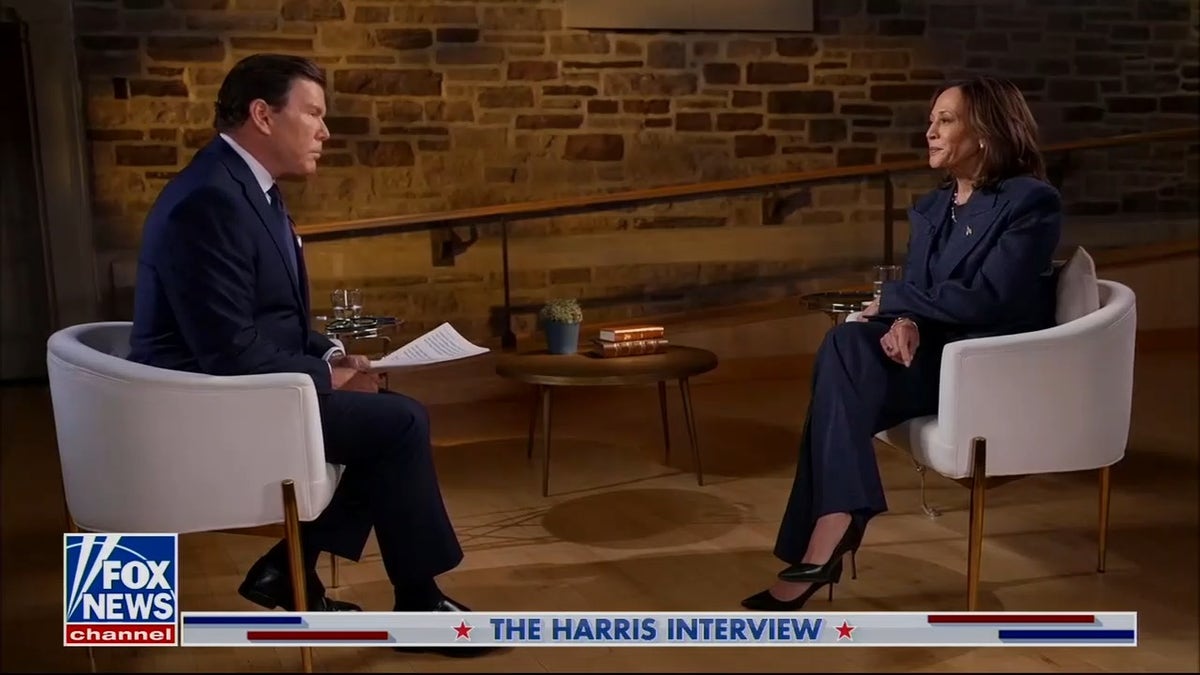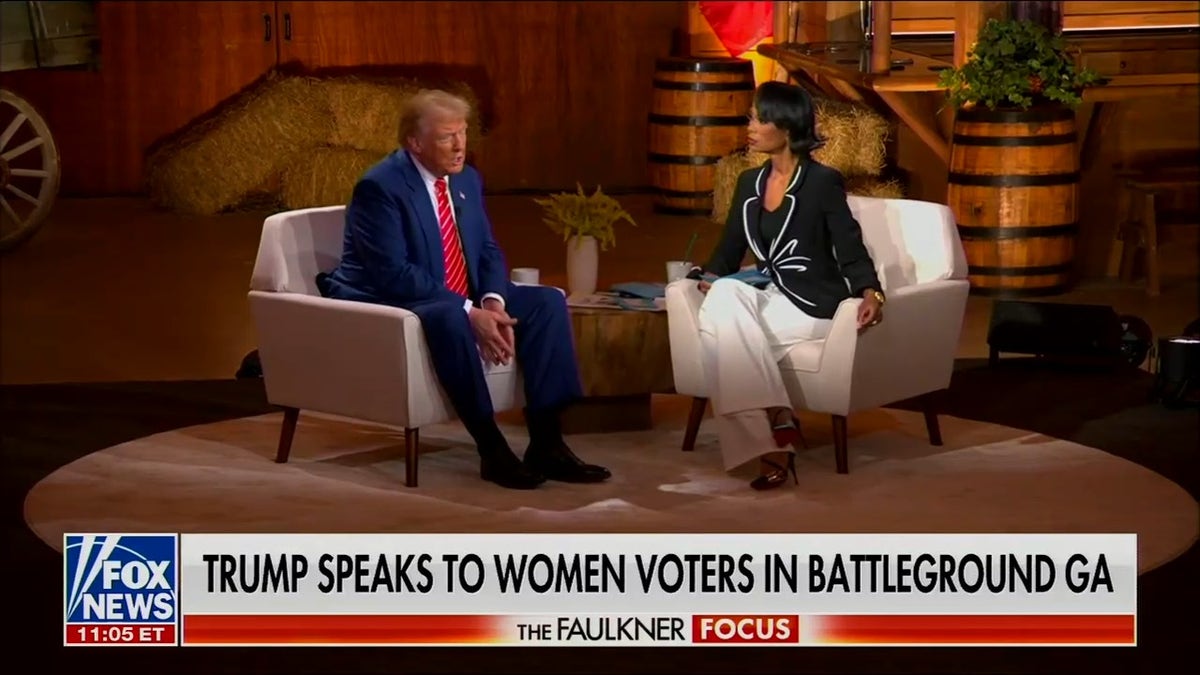Election night is two weeks away. As Vice President Harris and former President Trump dash to the finish line, this week’s forecast looks at their outreach efforts and the latest evidence of a smaller divide between national and state polling.
Plus, rankings changes in six competitive House districts.
Harris and Trump meet voters where they are
Last week’s Power Rankings showed that both parties’ coalitions have changed meaningfully since 2020.

Fox News Power Rankings presidential map.
For Democrats, the chief concern is that Harris still has fewer Black voters in her corner than President Biden.
To help fix that problem, the campaign dispatched its strongest surrogate, former President Obama, to Arizona and Nevada, and Harris spent an hour with Charlamagne Tha God to talk about policy, race, and religion.

Fox News Channel’s interview with Vice President Kamala Harris moderated by “Special Report” anchor Bret Baier drew a whopping 7.1 million viewers, making it the most-watched interview of the 2024 election season. (Fox News Channel)
The Vice President also went head-to-head with Fox News’ Bret Baier, part of an effort by her campaign to frame the candidate as tough and pragmatic. It was Harris’ highest-profile interview yet, but it will take another week before the effects show up in polls.
Meanwhile, Trump’s coalition has fewer women than in the last election, so the former President participated in a town hall with Fox News’ Harris Faulkner and an all-female audience.

“The Faulkner Focus” town hall featuring former President Trump drew 2.9 million viewers in the 11 a.m. ET timeslot. (Fox News Channel )
Trump also continues to search for young and working-class voters. His appearance at a local McDonald’s in Pennsylvania produced some compelling imagery and was designed to paint Trump as an energetic and likable candidate.
FOX NEWS POWER RANKINGS: HARRIS LOSES HER LEAD AND A NEW ELECTORATE EMERGES
Right-wing voters with reservations about Trump could also make the difference on election night.
That is why Harris spent the beginning of the week with Republican former congresswoman Liz Cheney, who urged conservatives to vote for the Democratic ticket this year. It also explains why there are rumblings about Nikki Haley joining Trump on the campaign trail.
Inefficient vote could keep Harris in the game

Polls show a tight national race…
A new set of polls show Harris ahead by 2-4 points in Michigan, Pennsylvania, Wisconsin and Georgia, a tied race in Nevada, and Trump ahead by 3 in Arizona and North Carolina (Washington Post/Schar).
The Power Rankings call all those states toss-ups.
Last week, the same Fox poll that put Trump ahead by two points nationally had Harris up six points among voters who live in the battleground states (52%-46%, with a 6.5-point subgroup margin of error).

The latest Fox News national poll.
Republicans received about 3 million more votes than Democrats in the national House vote (Cook), but eked out a balance of power win, with 222 seats to Democrats’ 213.
Put another way, the GOP banked a lot of votes in areas where it didn’t need them, and just enough in the battleground House races that would give them victory (a problem that has plagued the Democrats in the national vote for years).
The polls are all within the margin of error, and this is just one theory about the direction of the race. But on election night, a Trump blowout in Florida or a narrower spread in Virginia may not mean the race is over.
Six House races shift directions
The House is still a toss-up, with 208 seats in the Republican columns, 205 for the Democrats, and 22 districts that could go either way.

Fox News Power Rankings House chamber.
New York’s 1st district, home to both the Hamptons and rural farmland on Long Island, remains a competitive race between Republican Rep. Nick LaLota and the Democrat, former CNN anchor John Avlon. But the majority of this district’s voters backed Trump in 2020 and 2016, and Avlon has faced questions over the extent of his residency in the district. The race moves from Lean R to Likely R.
In the battleground Rust Belt states, a pair of districts held by pro-Trump Republicans have become even more competitive. First, Wisconsin’s 3rd district flipped to Rep. Derrick Van Orden in the midterms by a tight margin. The incumbent’s presence at the U.S. Capitol during the January 6 riots is a theme in his opponent’s ads. This race moves from Likely R to Lean R.
Meanwhile, Pennsylvania’s 10th district has been held by Freedom Caucus Rep. Scott Perry since 2013. Perry is the only sitting member of Congress whose cellphone was seized by the FBI in its investigation into efforts to illegally overturn the results of the 2020 presidential election, and that has also become a theme in television ads. It moves from Lean R to Toss Up.

House district shifts in Maryland, Nevada, and New York.
Comparing early vote figures to previous cycles is generally unhelpful. We expect fewer Americans to vote early, Democrats and Republicans are less likely to be divided on how they cast ballots, and breakdowns tell us the party registration of some voters, not how they voted.
Finally, since internal polls survey the same electorate as any other poll, they’re unlikely to produce a clearly different result. When they do, people should question whether the poll is an outlier, or whether the campaign that paid for the poll has a motive to characterize the race differently.
Two weeks until election night

Two weeks to go until election night.
